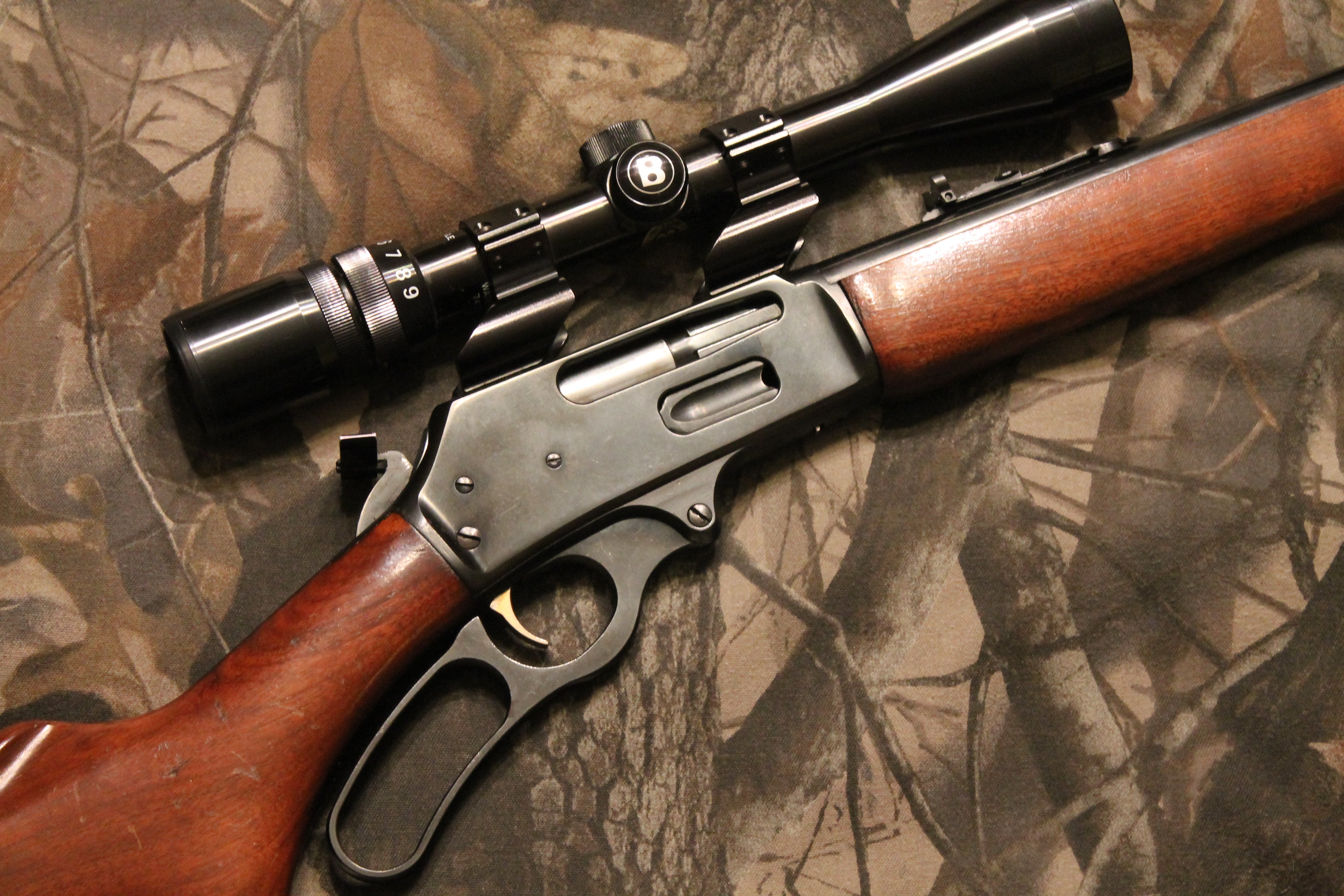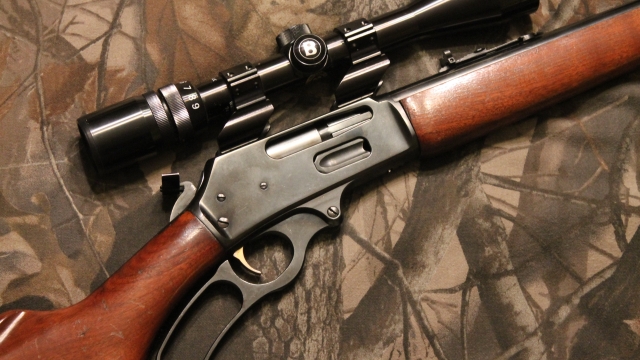In the world of weaponry, few inventions have had as profound an impact as firearms. These powerful tools of defense and offense have shaped history, revolutionized warfare, and forever altered our understanding of firepower. At the heart of a firearm lies the key to its potency: the ammunition. Through a delicate fusion of chemistry and engineering, ammunition transforms the raw energy of explosive materials into a controlled force that propels projectiles with precision and power. Let us journey into the realm of firearms, exploring their fascinating mechanics, history, and the secrets they hold. Prepare to unlock the mysteries of these remarkable devices, and unveil the artistry behind the machinery that defines the world of firearms.
Understanding Ammunition
Ammunition is a critical component of firearms, enabling them to unleash their lethal power. It is essentially the "fuel" that allows firearms to propel projectiles towards their intended targets. Consisting of a combination of casing, propellant, and projectile, understanding ammunition is essential for any firearms enthusiast or professional.
The casing forms the outer structure of the ammunition and holds all the essential components together. It provides structural integrity and acts as a container for the propellant and projectile. Typically made from materials such as brass or steel, casings come in various sizes and shapes depending on the type of firearm they are designed for.
The propellant is the substance that, when ignited, generates the pressure required to propel the projectile out of the firearm. Usually in the form of gunpowder, the propellant is carefully calibrated based on factors such as the type of firearm, intended range, and desired velocity. It is important to note that different firearms require different types and amounts of propellant, ensuring optimal performance and safety.
Finally, the projectile is the part of the ammunition that is propelled towards the target. It can take various forms, including bullets, shotshells, or slugs. Bullets are the most common type and are designed to be aerodynamic, enhancing accuracy and range. Shotshells, on the other hand, contain multiple small projectiles, making them effective for shooting multiple targets at once. Slugs are large, single projectiles designed for close-quarters use or hunting larger game.
Understanding the components of ammunition is crucial for anyone handling firearms. Proper knowledge and awareness of ammunition types, properties, and compatibility ensure not only the effective use of firearms but also safety for both the shooter and those around them.
Types of Firearms
Firearms are powerful weapons that come in a variety of types. Each type has its own unique characteristics and uses. In this section, we will explore some of the most common types of firearms and their features.
- Handguns:
Handguns are firearms that are designed to be held and operated with one hand. They are commonly used for self-defense, law enforcement, and sport shooting. Handguns come in two main types: revolvers and pistols. Revolvers have a rotating cylinder that holds multiple rounds of ammunition, while pistols have a removable magazine that feeds ammunition into the chamber. Both types of handguns are known for their accuracy and compact size, making them popular choices for personal protection.
- Rifles:
Rifles are long-barreled firearms that are fired from the shoulder. They are known for their high accuracy and longer effective range compared to handguns. Rifles are commonly used in hunting, precision shooting, and military applications. There are various types of rifles, including bolt-action rifles, semi-automatic rifles, and fully automatic rifles. Each type offers different features and capabilities, catering to specific needs and preferences.
- Shotguns:
Shotguns are firearms that are designed to shoot a large number of small projectiles, called shot, or a single projectile, called a slug. They are commonly used in hunting, sport shooting, and self-defense. Shotguns are effective at close range and are known for their wide patterns, which make them useful for shooting moving targets. There are several types of shotguns, including pump-action, semi-automatic, and break-action shotguns. Each type offers different loading and firing mechanisms, providing versatility for different shooting scenarios.
Understanding the different types of firearms is essential for anyone interested in firearms or considering owning one. It is important to remember that responsible firearm ownership requires proper training, knowledge of local laws, and adherence to safety practices. Always prioritize safety and ensure that firearms are stored securely and used responsibly.
Firearms Safety and Handling
Firearms Safety and Handling is of utmost importance when it comes to owning and using firearms. Whether you are a beginner or an experienced shooter, being aware of and following proper safety protocols can prevent accidents and ensure a safe shooting experience.
First and foremost, it is crucial to familiarize yourself with the specific firearm you are using. Read the instruction manual provided by the manufacturer and understand the firearm’s operation and features. Always treat every firearm as if it is loaded, even if you believe it to be unloaded. This mindset ensures that you handle each firearm responsibly and with caution.
When handling a firearm, always keep your finger off the trigger until you are ready to shoot. This is a fundamental rule to prevent unintentional discharges. Instead, place your finger alongside the frame or slide of the firearm until you are properly aligned with your target and ready to shoot.
In addition to safe handling, proper storage of firearms is equally important. Ensure that firearms are stored securely in a locked container, such as a gun safe, away from unauthorized individuals, especially children. Ammunition should be stored separately in a locked container as well. By taking these precautions, you minimize the risk of accidental access to firearms and ammunition by unauthorized persons.
Remember, responsible firearms ownership involves continuous learning and practice. Seek out professional training to enhance your knowledge and skills. Stay updated on any changes in laws and regulations pertaining to firearms in your area. By adhering to proper safety measures and handling protocols, you can enjoy the art of firepower responsibly and safely.
That concludes our section on Firearms Safety and Handling. Stay tuned for the next section, where we will delve into the fascinating world of ammunition.


